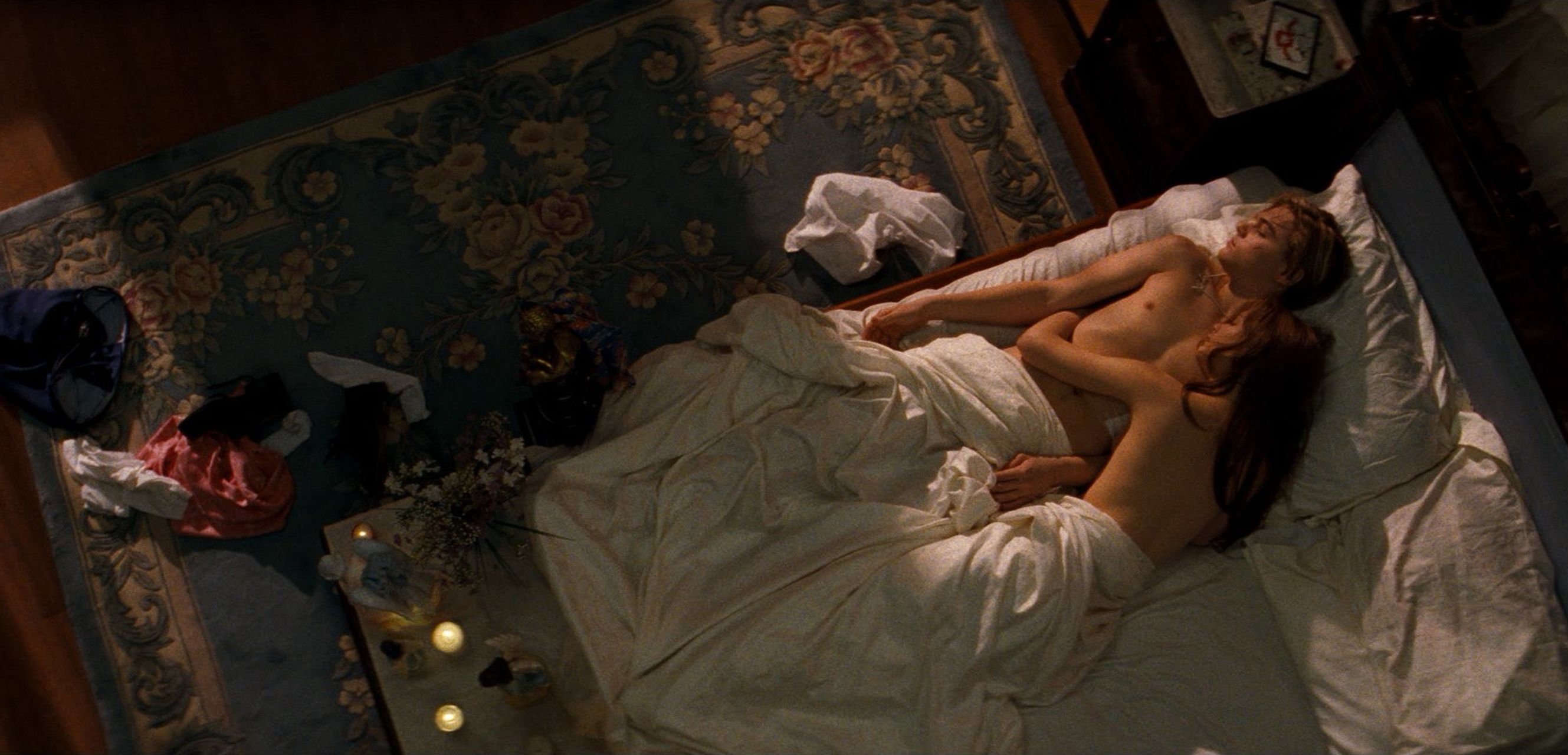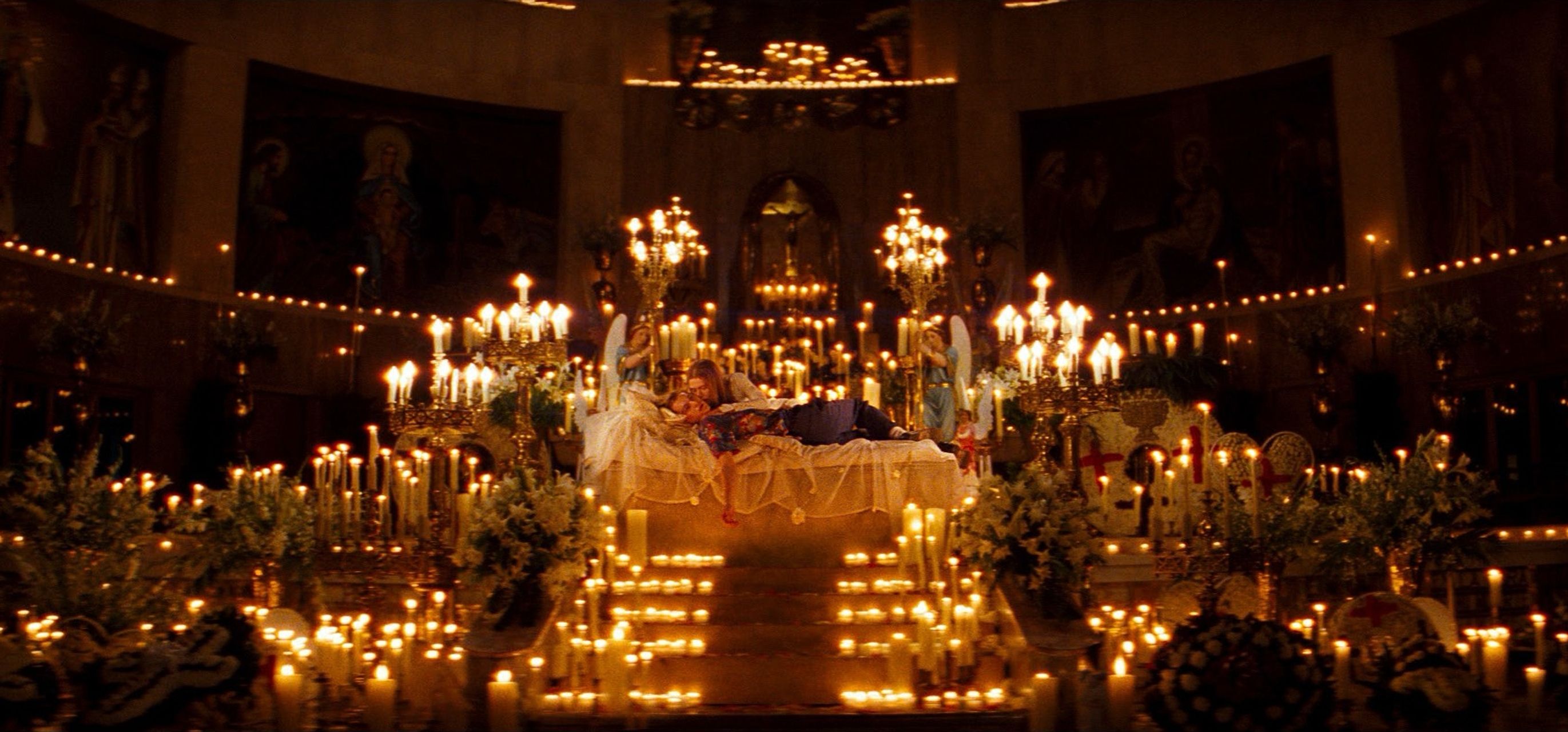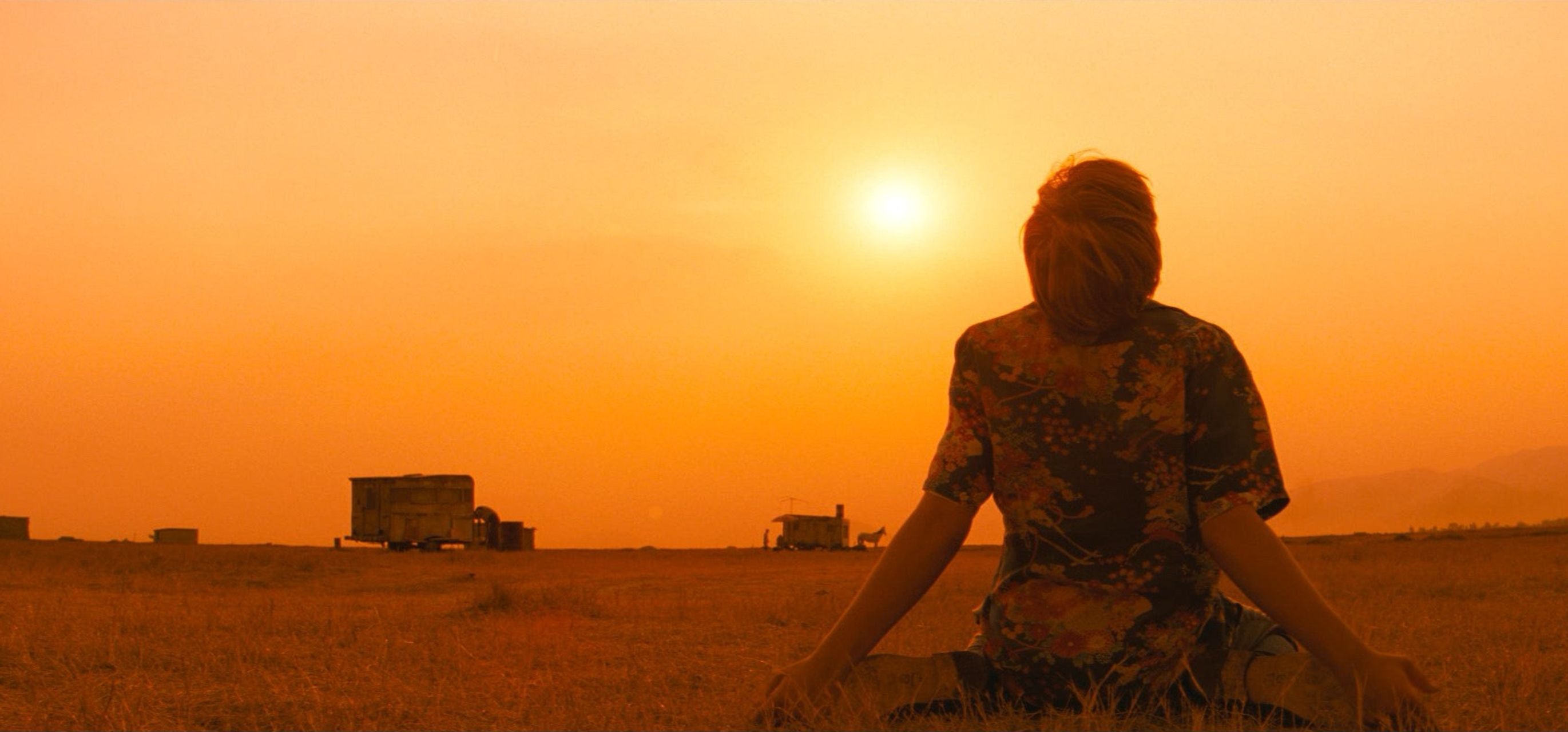Baz Luhrmann
Romeo + Juliet
- DirectorBaz Luhrmann
- CinematographerDonald McAlpine
DITTE MILSTED I was 15 years old when Romeo + Juliet was released and I still remember it like it was yesterday. I felt like it was made for my generation - and in Shakespearean language! The scene where Claire Danes and Leo DiCaprio see each other for the first time at the grand ball still gives me goosebumps.
The film
Baz Luhrmann’s Romeo + Juliet was born out of a desire to reimagine Shakespeare not as literature locked in time, but as living performance. Rather than modernizing the language, Luhrmann and his team asked: what if Shakespeare had access to the tools of contemporary cinema? The result is not just a film adaptation, but an immersive world - built with music, architecture, costume, and editing - where Shakespeare’s original dialogue crashes into MTV-era visuals and 90s youth culture. The film is as much a reflection on storytelling as it is a retelling of a love story, capturing the tension between fidelity to the past and the urgency of the present.
The narrative remains true to the original tragedy - two young lovers from rival families fall for each other and are ultimately destroyed by the violence surrounding them. But set in the fictional Verona Beach, a neon-lit, media-saturated urban landscape, the story unfolds like a fever dream. Guns are branded with names like “Sword” and “Dagger,” religious imagery looms in nightclubs and churches alike, and the language of love is delivered in Shakespearean verse against a backdrop of news broadcasts, car chases, and city sirens. The emotional core of the story - longing, rebellion, fate - is amplified by the chaos of the world it takes place in. Love doesn’t exist in isolation here; it is shaped, and ultimately shattered, by everything around it.
Legacy
Upon release, Romeo + Juliet divided critics, but over time, it has come to be seen as a milestone in Shakespearean cinema - and in youth culture more broadly. It dared to speak to a generation that might otherwise have felt alienated by Shakespeare’s language. Its influence can be felt in fashion, music videos, stage adaptations, and even classroom teaching.
More than a period piece or a curiosity, it has remained culturally relevant because it asks timeless questions in an unapologetically contemporary way. The casting of Leonardo DiCaprio and Claire Danes also cemented their places in cinematic history, giving emotional depth and vulnerability to roles that could have easily become caricatures.
Cinematography
Visually, the film is a dynamic interplay - frenetic, stylized, symbolic. Cinematographer Donald McAlpine uses extreme close-ups, rapid zooms, wide-angle lenses, and saturated color palettes to create a heightened emotional register. The camera rarely rests, echoing the restlessness of the characters themselves. Water becomes a recurring visual motif - in pools, rainstorms, aquariums - suggesting both purity and distortion. Religious iconography is omnipresent, often juxtaposed with violence, further complicating the moral and emotional terrain of the story. The cinematography doesn’t just frame the narrative - it feels it, turning every visual decision into a piece of storytelling.














